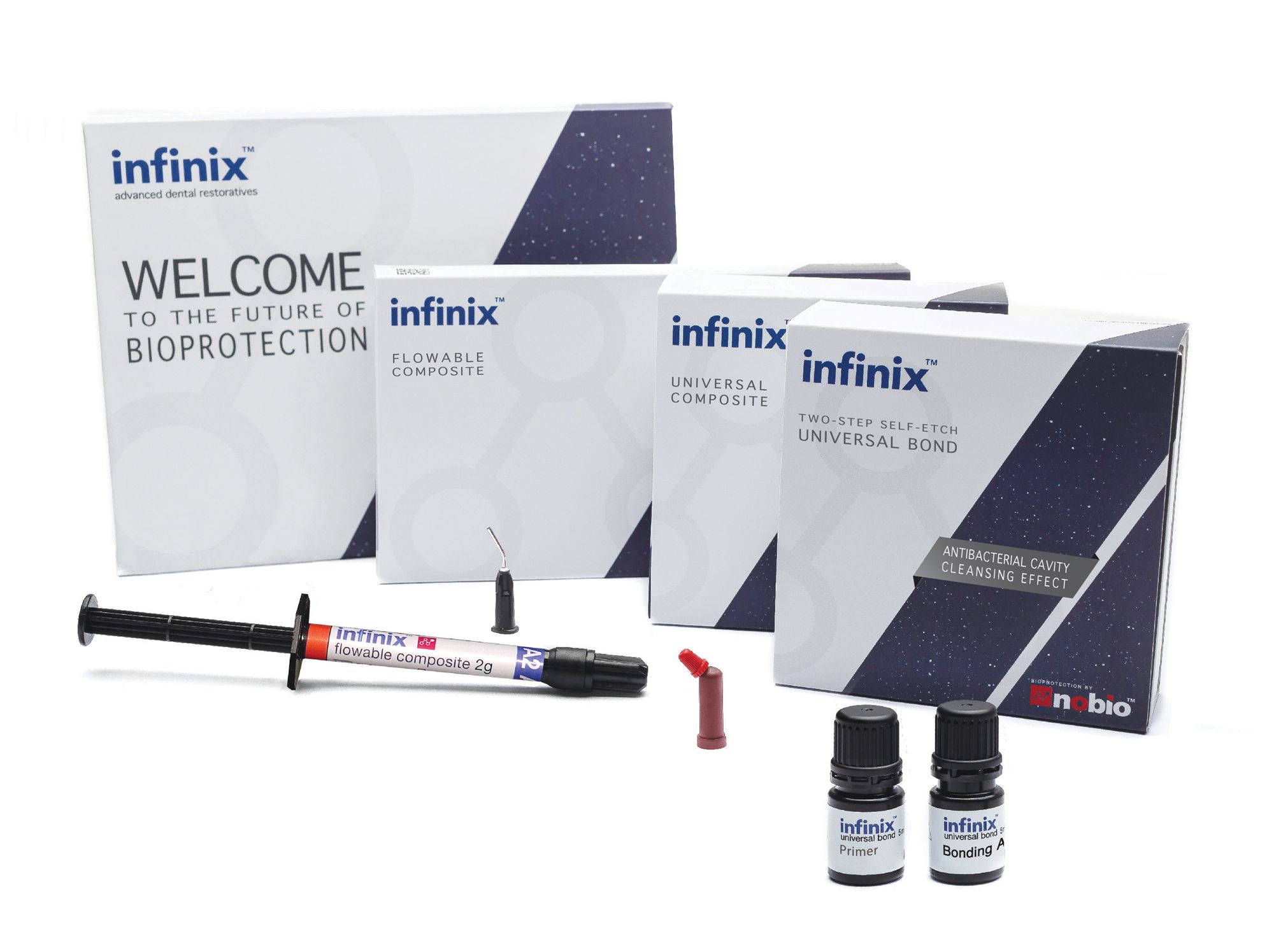Oral biofilm is found in the periodontal sulcus, which is a difficult area for patients to maintain with home care. Even for patients without visible oral biofilm, the bacteria within the sulcus and interproximally between the papilla and tooth produce acids as they break down the carbohydrates in the food. Recurrent caries and demineralization around teeth that have had a direct restoration relate to the abundant, intraoral bacteria.
Direct resin restorations are frequent treatment for patients of all ages. Those restorations may be placed to treat slight to moderate caries, replacement of a failing amalgam or composite with sufficient tooth structure to retain a new direct restoration, root caries, or small pit/fissure caries to prevent further tooth loss. Early demineralization of the pits and fissures as well as incipient lesions have been treated with bonded sealants to limit those most common areas of caries initiation.
The Problem:
An Elevated Solution
In dental implant cases, the flowable composite is used to seal the screw access hole in an abutment or screw-retained restoration. Following placement of either a piece of cotton pellet or polytetrafluoroethylene tape over the screw head, the area is filled with Infinix Flowable Composite. This will aid in preventing bacterial invasion that may contribute to peri-implantitis into the implant platform area.
Nobio Infinix
Infinix restoratives feature antimicrobial properties that are designed to protect restored dentition from recurrent caries by reducing demineralization, allowing the composite restorations to have extended life spans. The materials feature handling and finishing properties similar to leading dental composites while adding the long-term antidemineralization properties.
Nobio, Inc
844-463-4649 | infinix.com
Infinix Universal Bond has good handling properties, good adaption to tooth structure, and good body so that anatomy can be built prior to light curing. Based on the authors’ experience, it may be warmed to 50 oC/122 oF to improve flow and adaption in a deep proximal box, which eliminates any potential voids at the gingival aspect of the proximal preparation. The bonding agent may be utilized with other composites should the practitioner prefer or need to use a shade not available from Infinix. Due to its high bond strength to zirconia, the Universal Composite may be applied to the interior of the
restoration and the prepared tooth and can then be combined with a dual-cure resin cement to elevate that product with the QASi antibacterial technology.
References
Reis A, Carrilho M, Breschi L, Loguercio AD. Oper Dent. 2013;38(4):E1-E25. doi: 10.2341/12-258-LIT
Rechmann P, Le CQ, Chaffee BW, Rechmann BMT. Demineralization prevention with a new antibacterial restorative composite containing QASi nanoparticles: an in situ study. Clin Oral Investig. 2021;25(9):5293-5305. doi:10.1007/s00784-021-03837-4

